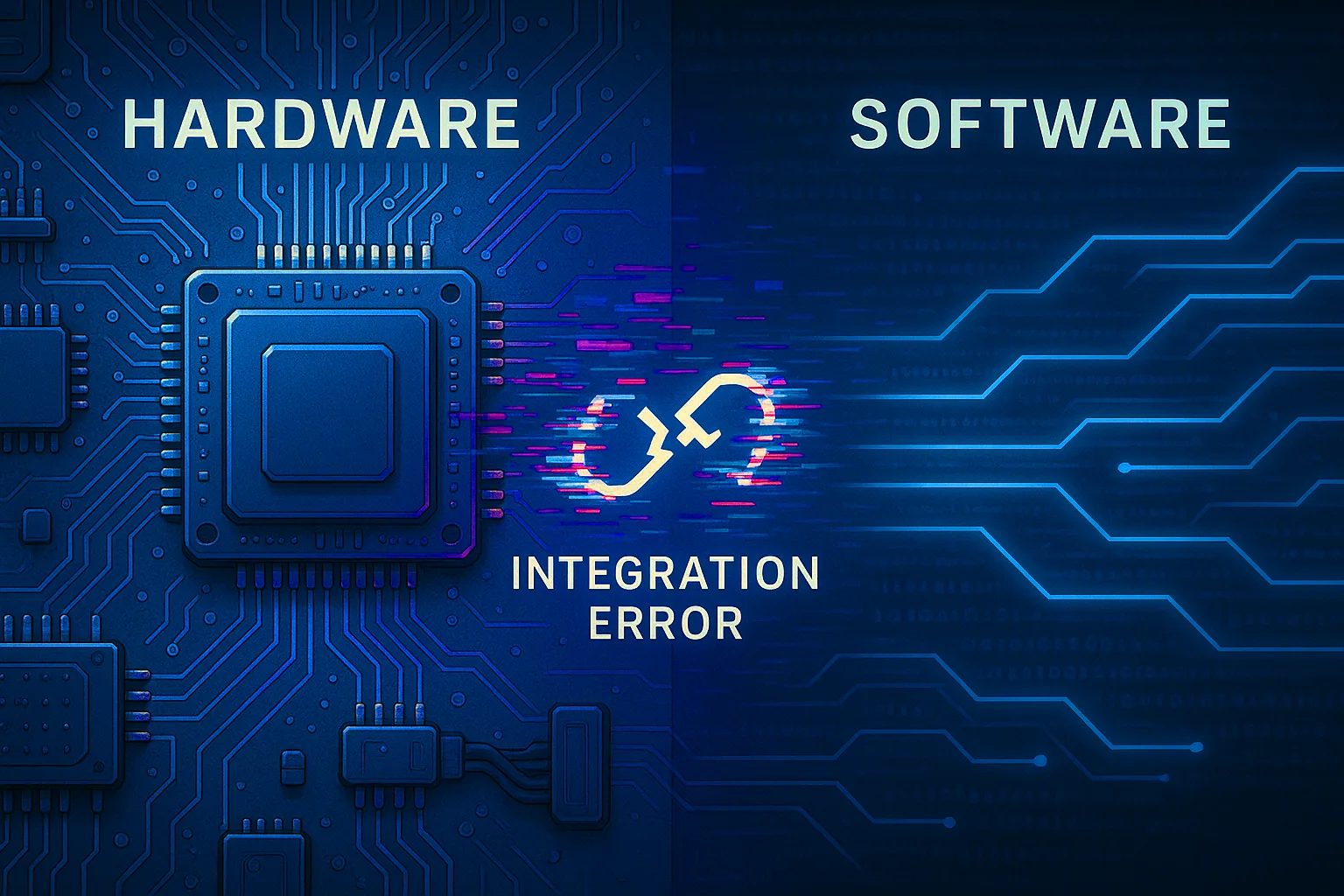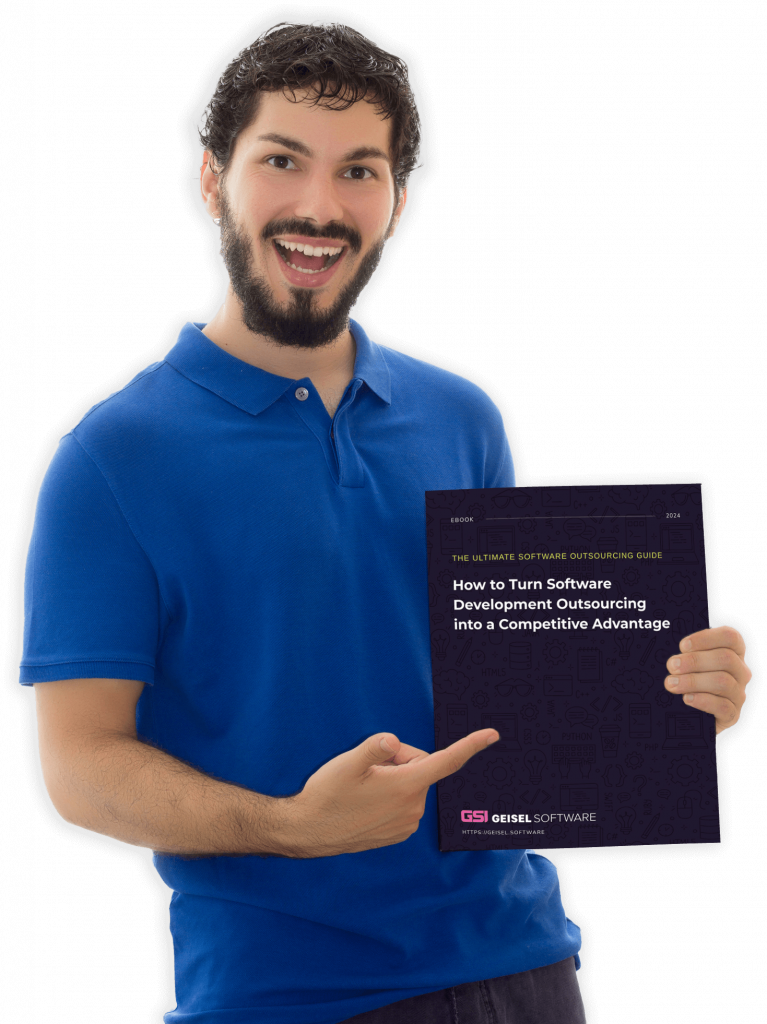When product velocity and engineering excellence are your lifeblood, talent isn’t optional—it’s existential. Over the past decade, many U.S. tech teams leaned on the H-1B visa system as a lever to scale senior engineering, architecture, and domain expertise. That paradigm is collapsing.
On September 21, 2025, a new policy imposes a $100,000 fee on every new H-1B petition. This shift demands a wholesale rethinking of how tech leaders source, retain, and deploy talent.
While large incumbents may absorb the shock, for startups, mid-sized firms, product organizations, and R&D labs, the implications are dramatic. In this article, we’ll explore:
- How the H-1B visa cost dynamics just reset overnight
- What the industry is projecting
- Why the “hire one architect” model is breaking down
- How a domestic outsourcing model solves for velocity, risk, and sustainability
The New Economics: When $100K Isn’t the Whole Story
The $100K figure has captured attention, but the total equation digs far deeper. Consider this expanded cost breakdown:
| Cost Component | Estimate / Range | Notes & Context |
|---|---|---|
| Visa filing fee | $100,000 (new) | Baseline change under new policy. |
| Senior-level salary | $200,000–$300,000+ | To justify the risk and attract deep experience |
| Legal & administrative overhead | $10,000s | Immigration counsel, HR processing, internal labor |
| Lottery / denial risk | Variable | The visa system remains subject to approval uncertainty |
| Onboarding & ramp | 3–6 months of reduced productivity | Cultural assimilation, tooling, project context transfer |
| Attrition & knowledge loss | High | Visa holders may be headhunted or transfer roles, risking continuity |
With all of these factored in, first-year costs for a single senior-level H-1B hire can approach or exceed $400,000–$500,000 in many cases. When your product roadmap shifts or priorities pivot, locking in that scale of capital on a single individual becomes a strategic vulnerability.
Industry Projections & Signal Events
- Analysts anticipate that this move will shave 100–200 basis points off margins at U.S. tech firms. Reuters+1
- JPMorgan economists estimate that the H-1B visa fee hike could lead to 5,500 fewer authorizations per month—a sizable contraction across industries. Business Insider
- The new structure may shift $1B–$2B+ in annual costs onto U.S. tech companies, pushing many to re-evaluate offshore talent models entirely. Computerworld
- Nvidia’s CEO Jensen Huang called the policy “a great start” from a reform standpoint, but criticized the pricing as too steep, cautioning that this could deter top-tier global talent. Business Insider
Taken together, the policy’s ripple effects aren’t just about one visa; they recalibrate the balance between in-house hiring, outsourcing, and strategic partnerships.
Evolving Perspectives on H-1B Hiring Models
For years, organizations have leaned on the H-1B program in different ways, from recruiting standout “star” engineers to plugging hard-to-fill STEM roles. The “one star” model often positioned a single high-impact engineer as a force multiplier: shaping architecture, mentoring peers, and elevating technical standards. At the same time, H-1B hiring has also been used to address skill shortages in fast-moving fields like AI/ML and software development, bring diverse expertise to U.S. teams, extend innovation capacity, or, in some cases, reduce costs.
But today, the ground is shifting. Rising H-1 visa fees, regulatory scrutiny, and evolving economic realities are putting pressure on all of these approaches. The traditional reliance on “one star” hires is particularly fragile in the face of modern delivery models.
1. The Fragility of Overdependence
When critical systems hinge on one person, whether a rock-star architect or a specialized hire, the risks compound. Attrition, visa uncertainty, or headhunting doesn’t just remove a contributor; it drains institutional knowledge, alignment, and momentum. This is especially evident in cost-driven hiring, where turnover tends to be higher and continuity harder to sustain.
2. Scaling Requires Flexibility
Modern product development rarely follows a linear path. Priorities shift from backend to mobile, or from automation to ML. One individual, no matter how talented, cannot pivot a company’s trajectory alone. Organizations that pursue bulk H-1B visas for efficiency also face limitations: volume-based models can sacrifice adaptability when rapid skill diversification becomes critical.
3. Rising Costs and Budget Pressures
With petition fees soaring, including a new $100,000 charge in certain cases, every H-1B hire now represents significant capital allocation. For product leaders managing multiple initiatives, concentrating resources on one individual can reduce flexibility. For cost-focused firms, the calculus may shift away from H-1B visas entirely if the savings no longer justify the expense.
4. The Time Tax of Compliance
Every delay in H-1B visa processing or compliance is time not spent delivering value. For “star” hires, this slows innovation; for cost-focused roles, the uncertainty of lotteries and wage requirements creates friction. As timelines tighten, the opportunity cost of waiting grows more significant.
5. The Shift Toward Integrated Teams
Modern engineering thrives on agile, cross-functional collaboration where software architects, front- and back-end developers, UX, and QA align as one unit. Outsourcing, when done strategically, makes it possible to assemble these multidisciplinary teams quickly and cost-effectively. Instead of relying on one high-impact hire or piecemeal staffing, outsourcing enables organizations to build complete, integrated teams that scale with demand, adapt to shifting priorities, and bring specialized expertise exactly when it’s needed. The result is greater resilience, faster delivery, and the ability to sustain innovation without overburdening internal resources.
The Alternative: A Resilient, Outcomes-Driven Model
What’s better than hiring one engineer? Operating with a high-velocity, well-aligned team from day one. Domestic custom software firms and team-based models unlock key advantages:
1. Speed, Without Immigration Overhead
You don’t wait for approvals, travel dates, or visa porting issues. U.S.-based talent can be brought into projects in weeks—not months—allowing you to align delivery with business windows.
2. Multi-Disciplinary Coverage
One engagement brings:
- Senior engineers and architects
- Project managers who own delivery
- UI/UX designers who tie features to real user experience
- QA, DevOps, and security disciplines
- Documentation, knowledge transfer, and long-term support structures
You get more than a “gap-filler”. You get a turnkey unit aligned to outcomes, not just headcount.
3. Predictable, Scalable OpEx
Rather than capital expense surprises tied to legal or H-1B visa risk, team-based engagements convert cost into predictable operating expenditure. You scale up or down as needs evolve without surprise overruns or rework.
4. Reduced Communication & Time Zone Friction
Alignment in working hours, cultural context, and synchronous collaboration significantly reduces iteration lags, misinterpretation, and coordination cost. Decision cycles compress, and feedback loops tighten.
5. Institutional Knowledge & Stability
When you engage a team, the knowledge isn’t tied to an individual. The partner retains institutional memory, documentation, and contingency planning, reducing risk if personnel change.
Market Trends & Outsourcing Signals You Can’t Ignore
The shift to team-based development aligns with broader industry dynamics. This isn’t just convenience, it’s the future:
- The global software outsourcing market is projected to hit $591 billion by 2025, with many organizations realizing cost savings in the tens of thousands per role. ScaleUp Ally
- 40% of technology executives say they plan to increase external engineering engagements in 2025.
- Time-to-market improvements from integrated teams average 30–50%, according to Deloitte’s 2024 survey of engineering leaders.
- Retention risk is a top concern: Gartner reports that 47% of visa-dependent employees are approached with competing offers within 18 months.
Leaders across industries are recognizing that the old visa-dependent playbook simply doesn’t align with today’s demands for speed, resilience, and predictable ROI.
Addressing the Objections & Risks
No model is flawless. Here’s how to address common pushbacks from upper management:
| Objection | Response / Mitigation |
|---|---|
| “We lose control of process or quality.” | Require partner excellence through vetting, governance, and regular touchpoints. Use metrics, code ownership, and architecture reviews. |
| “We worry about IP and security.” | Use robust contractual safeguards, NDAs, security audits, encryption, and limited-access modules. |
| “Aligning remote/domestic teams with internal culture is hard.” | Start with pilot projects, embed internal liaisons, co-locate when needed, and foster unified team rituals. |
| “We’re worried about switching costs and onboarding overhead.” | Good partners plan transitions—start with small, low-risk modules, and scale out once trust is established. |
| “We already have in-house engineers; outsourcing feels duplicative.” | Treat it as augmentation. Use external teams for modules, overflow, or capabilities you lack. |
| “How do we manage accountability?” | Use outcome-based contracts, milestones, and governance forums—not just time cards. |
What Leaders Should Do Right Now
1. Reforecast your hiring models with the new H-1B visa cost structure in mind.
2. Run side-by-side ROI comparisons between visa hires and domestic team-based hiring.
3. Pilot a project with a U.S.-based custom software team to validate speed, quality, and collaboration fit.
4. Reframe leadership conversations from “who can we hire” to “how do we deliver outcomes.”
5. Institutionalize knowledge in teams, not individuals, to ensure long-term stability.
Final Word
The $100,000 H-1B fee resets the underlying assumptions of how U.S. tech builds capacity.
For product leaders, software VPs, and engineering directors, the question is no longer how to stretch the visa model; it’s whether that model still makes sense.
This is your moment to shift from headcount leverage to outcome leverage. To favor resilience over dependency. To move from speculative capital bets to incremental operational agility.
If you embrace this pivot now, you don’t just survive the policy shift. You position your team to outpace it.
If you want to explore how a U.S.-based software engineering partner can help you accelerate delivery, lower risk, and set your product up for long-term success, let’s talk.





